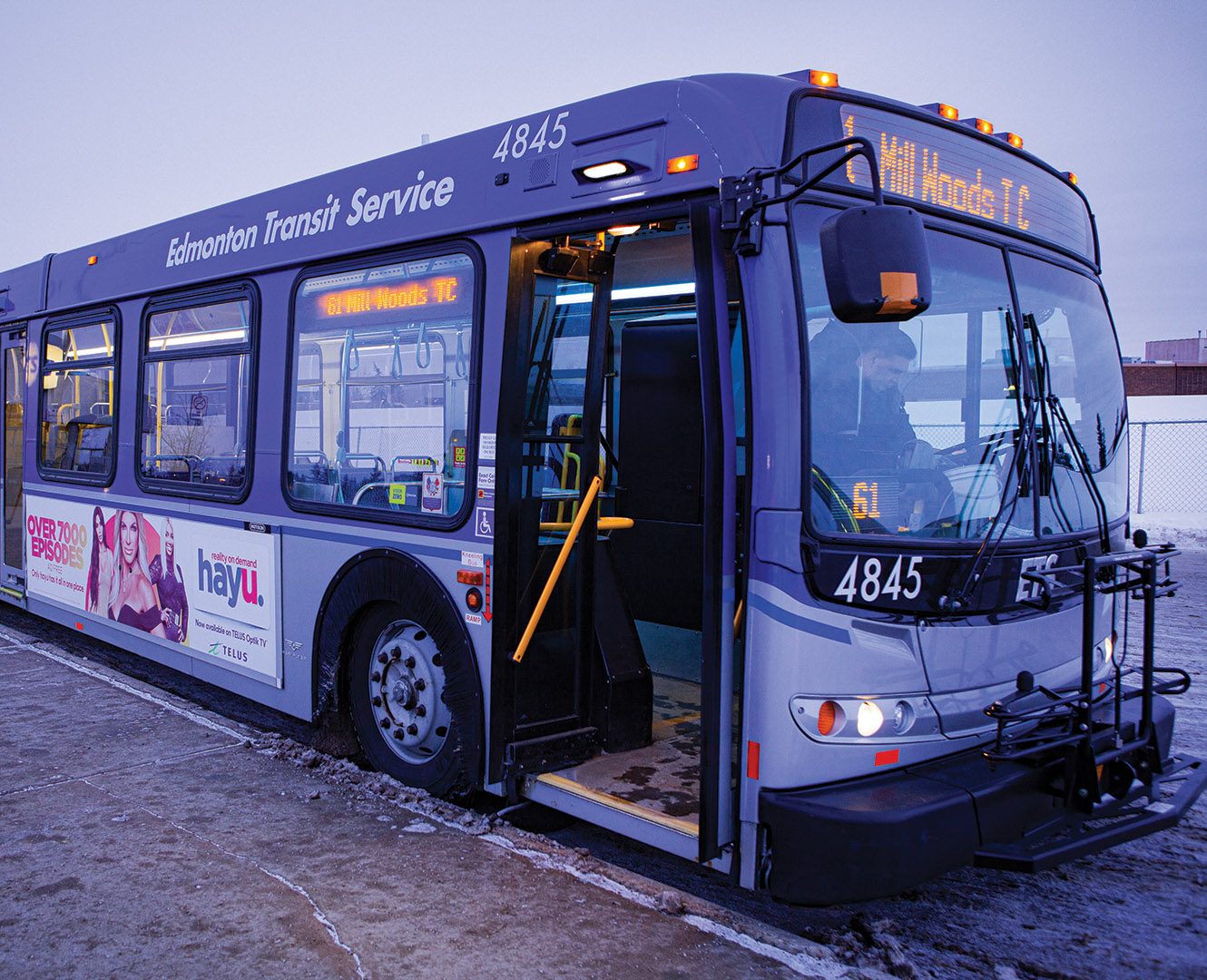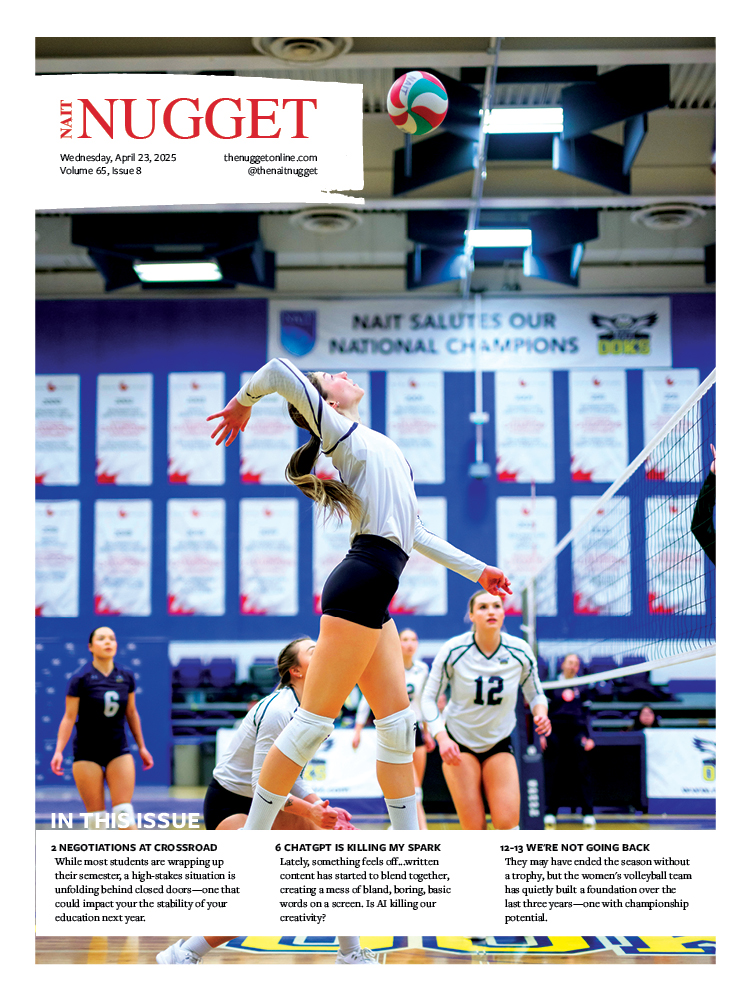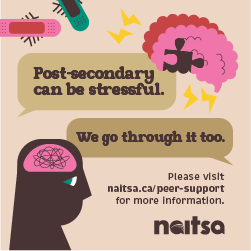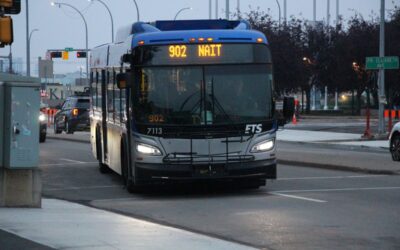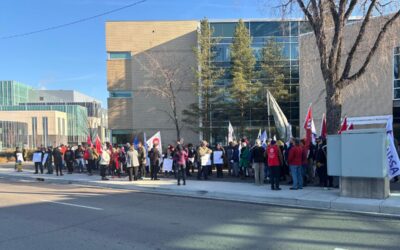By Noah Rishaug
It has been around two years since the city’s plan for transit reform was approved in November 2019 and the debate is still alive and has proven divisive in the chambers of city council to this day.
The Edmonton Transit Strategy is a report that was released by the city to explain the changes to the more than 20-year-old system. “As Edmonton fast approaches a population of one million, and moves towards a city of two million, it is imperative that the Transit Strategy be considered within the overall context of our vision for the city.” the report states.
Edmonton is one of the fastest-growing cities in the country, and its new transit plan is the city’s way of adapting to that growth. Changes have been made to existing routes to increase the efficiency of the system. The outer regions of the city will be fitted with more routes that are fast, direct, and lead to the major locations within the city. The inner regions of the city have introduced more express routes and given priority to regions with higher transit ridership.
However, not all of the decisions have been widely accepted. The redistribution of routes to areas that are considered high priority has left outer regions of the city with longer ride times.
North Edmonton is a region that has been affected by this more than others. Edmonton City Councillor Jon Dziadyk represents Ward 3 on the north side and has been a vocal critic of the new bus routes. Ward 3 has seen some of its inhabitants having to commute an hour on a bus for routes that would take fifteen minutes by car.
“I view it as a disservice to the north side because I feel that our downtown area and core of the city are getting better service at the expense of the suburbs.” says Dziadyk. The councillor, who is running for re-election, continues to fight for what he sees as a better deal for his constituents and has had his attempts to introduce on-demand transit to North Edmonton blocked by City Council.
The issue continues to be a topic of debate. Many areas of the city have seen increased ridership and success from the new system, which has been designed to get outer city riders to the city core for work in the mornings and home in the evenings while creating a well-connected frequent service for getting around in the city core. “Residents in central areas of the city can expect to see an increase in service throughout the day, while those in suburban areas will see an increase in service during peak times for commuters,” states the city website, defending their strategy for the changes as being the best match for the commuter system.
With an election on the horizon, transit will continue to be a point of debate for old and new members of city council alike. With time running out on this council’s ability to enact new legislation, what happens next will be firmly in the hands of this city’s next council.

